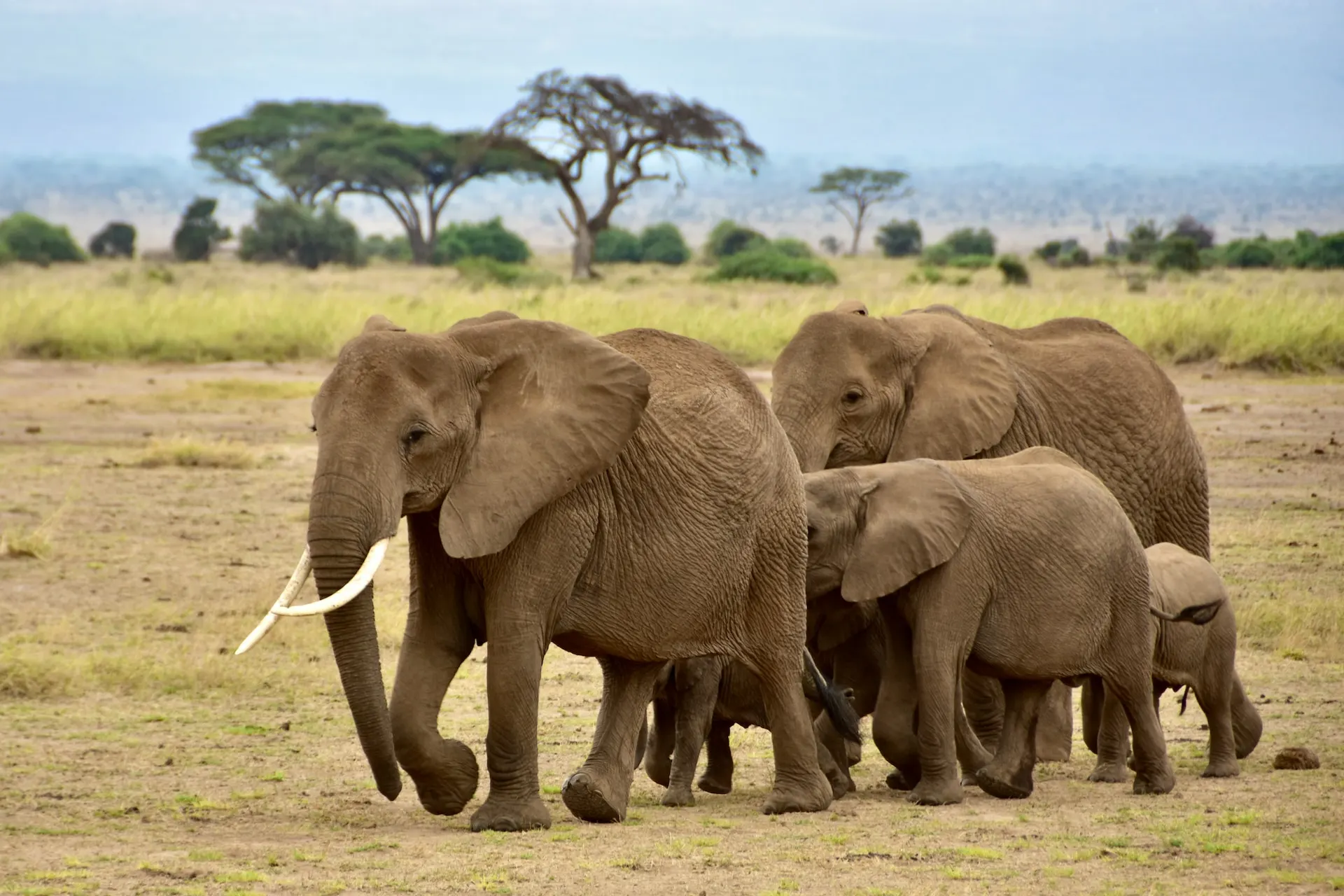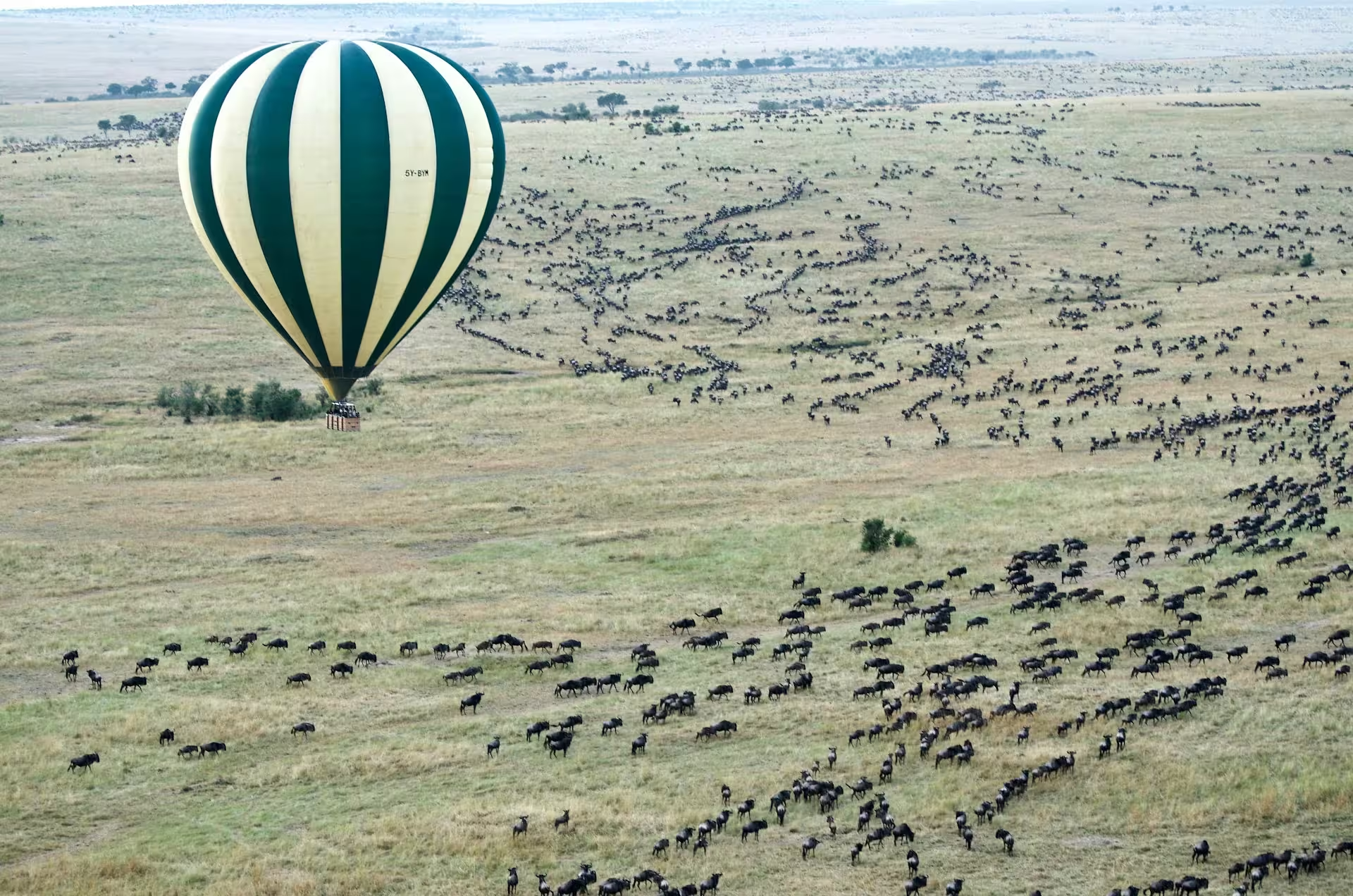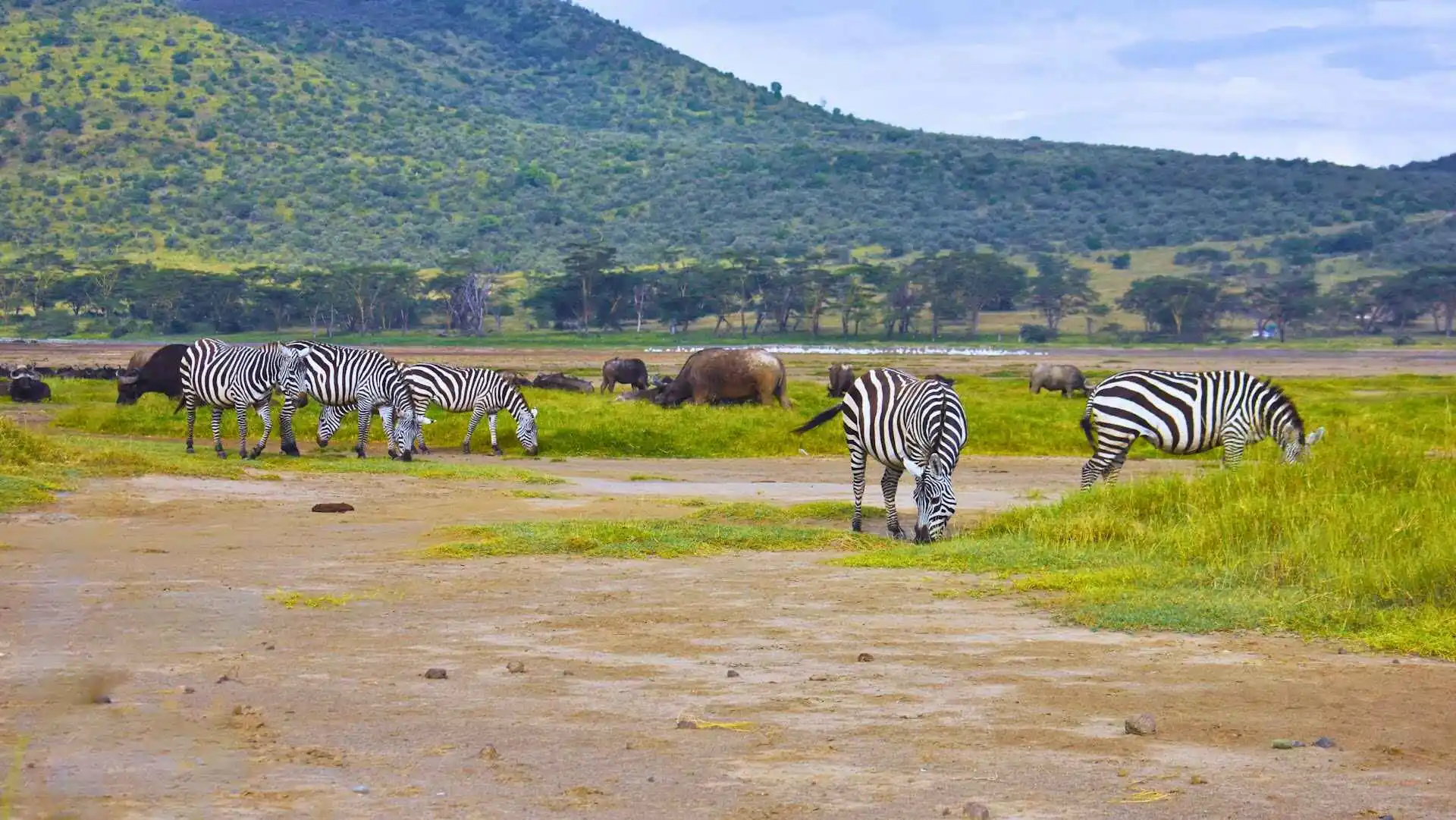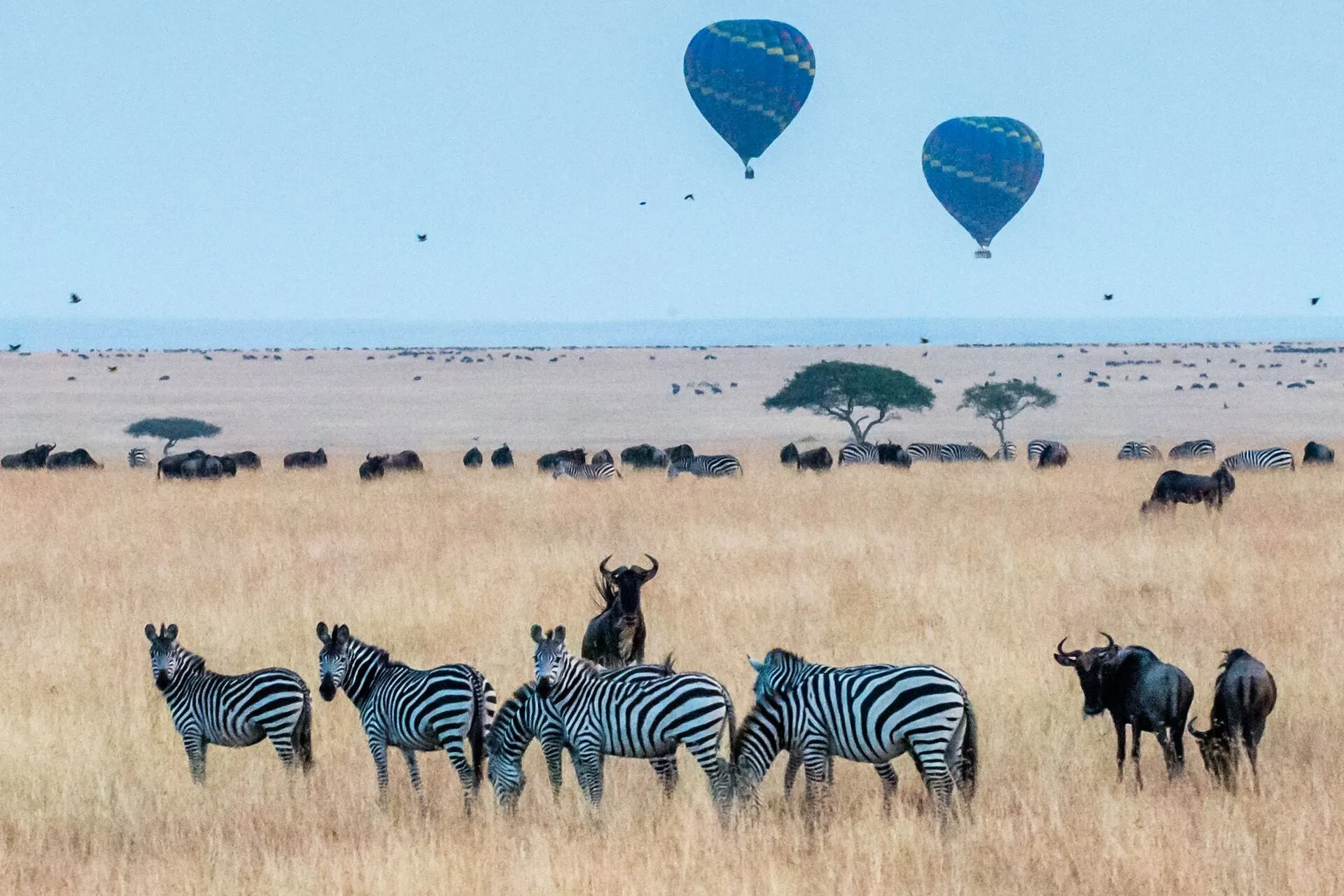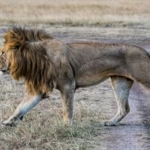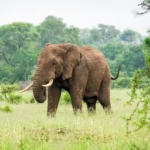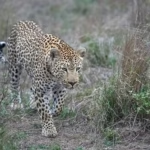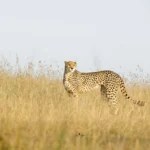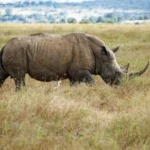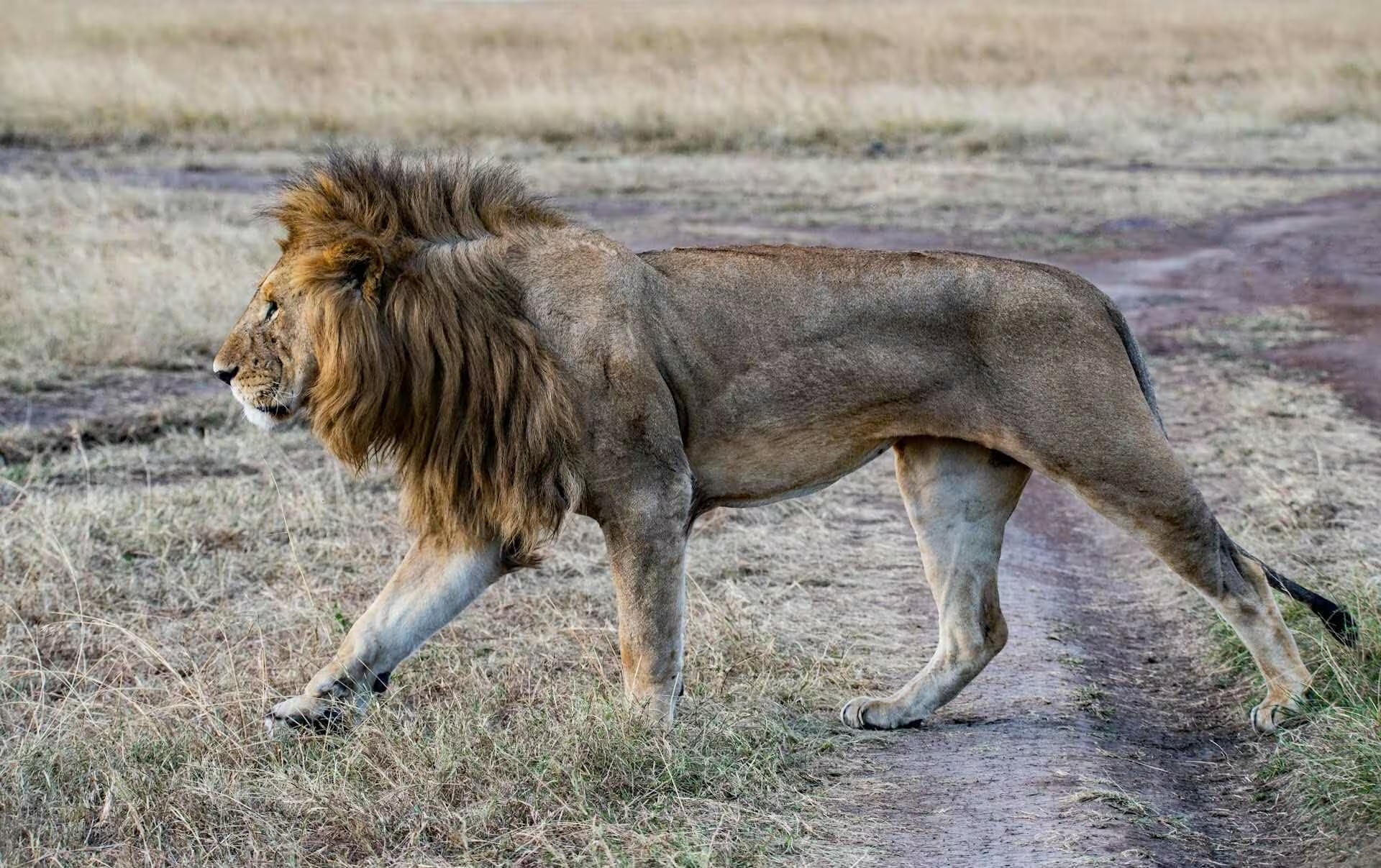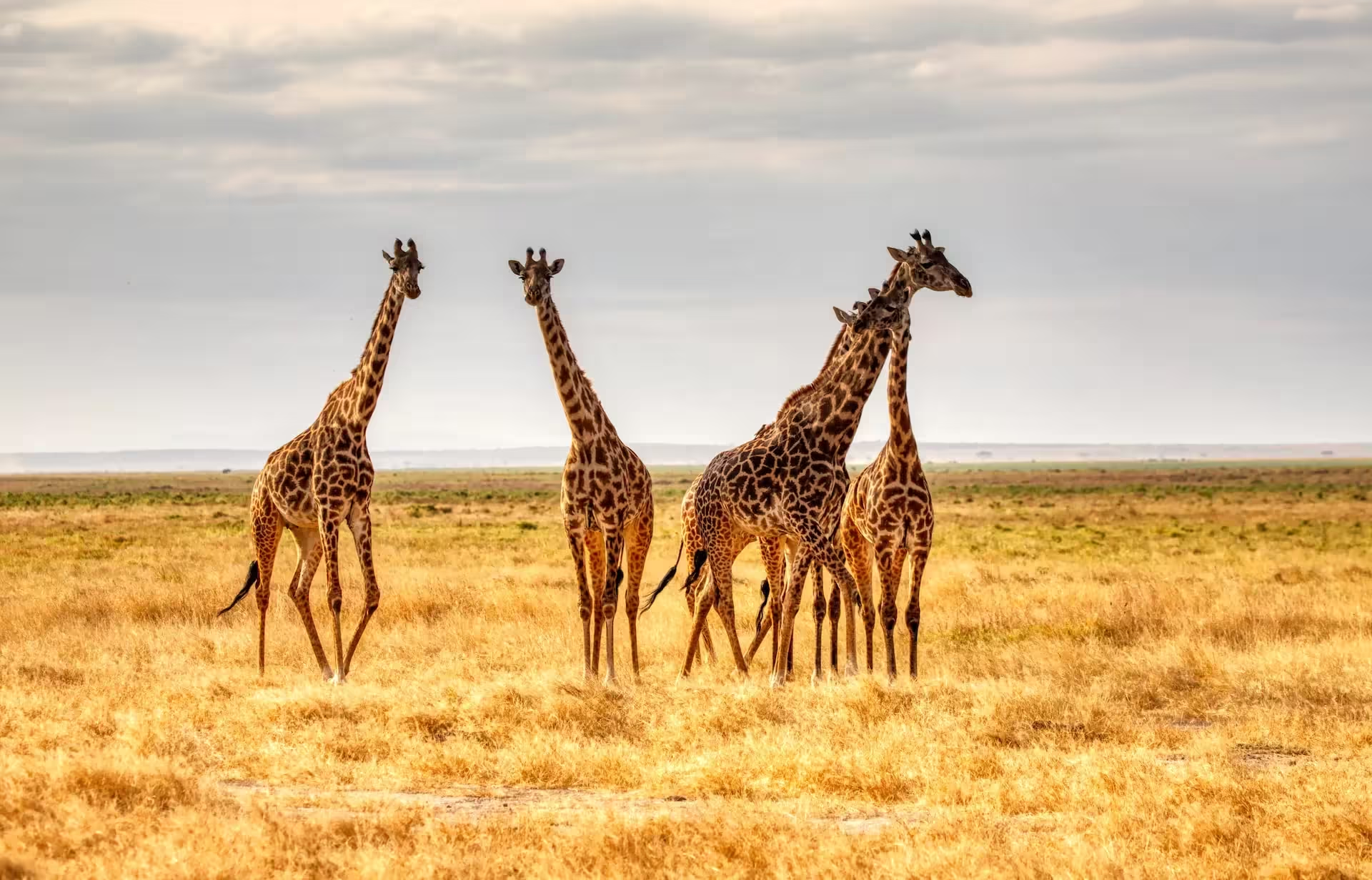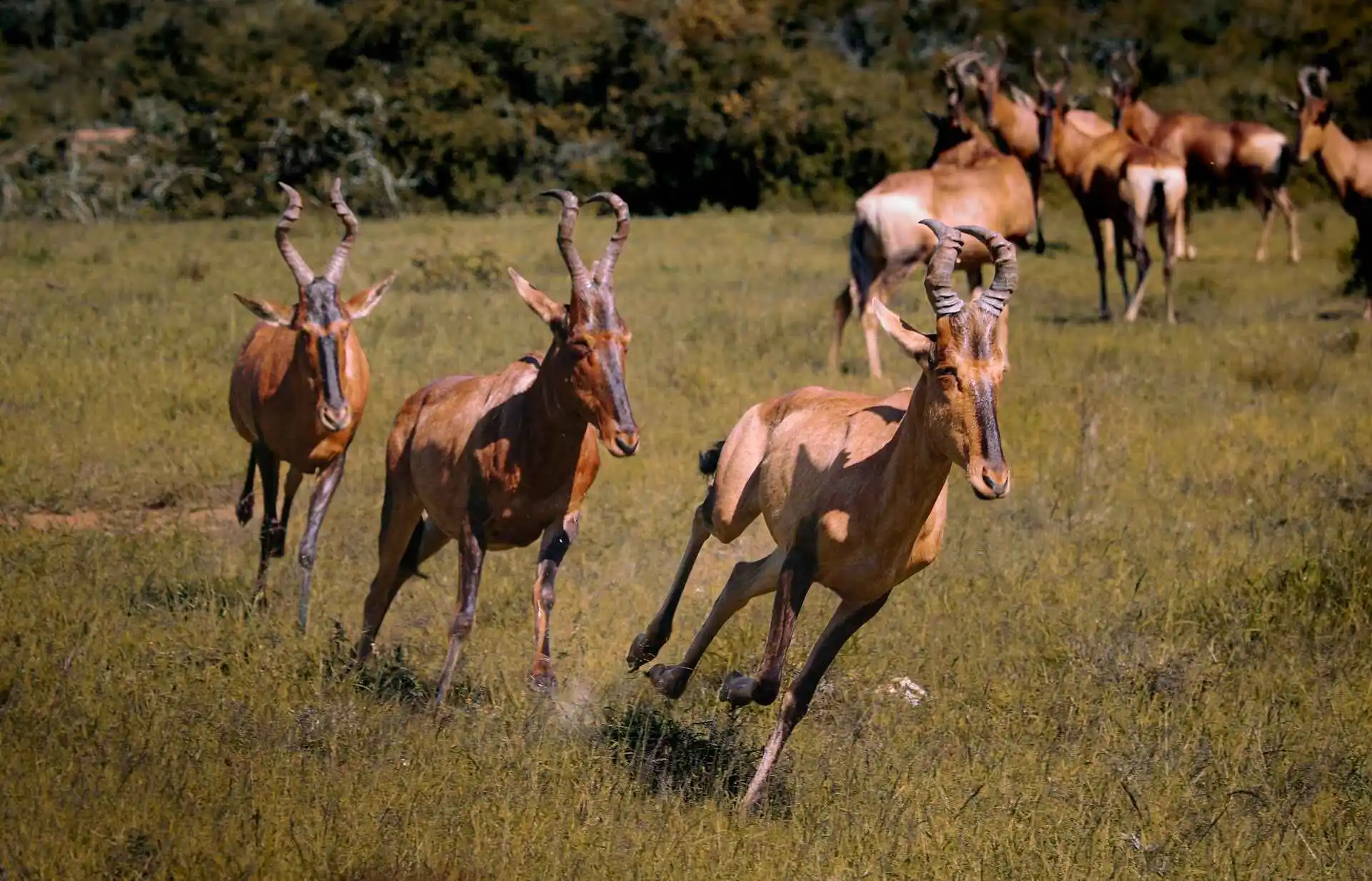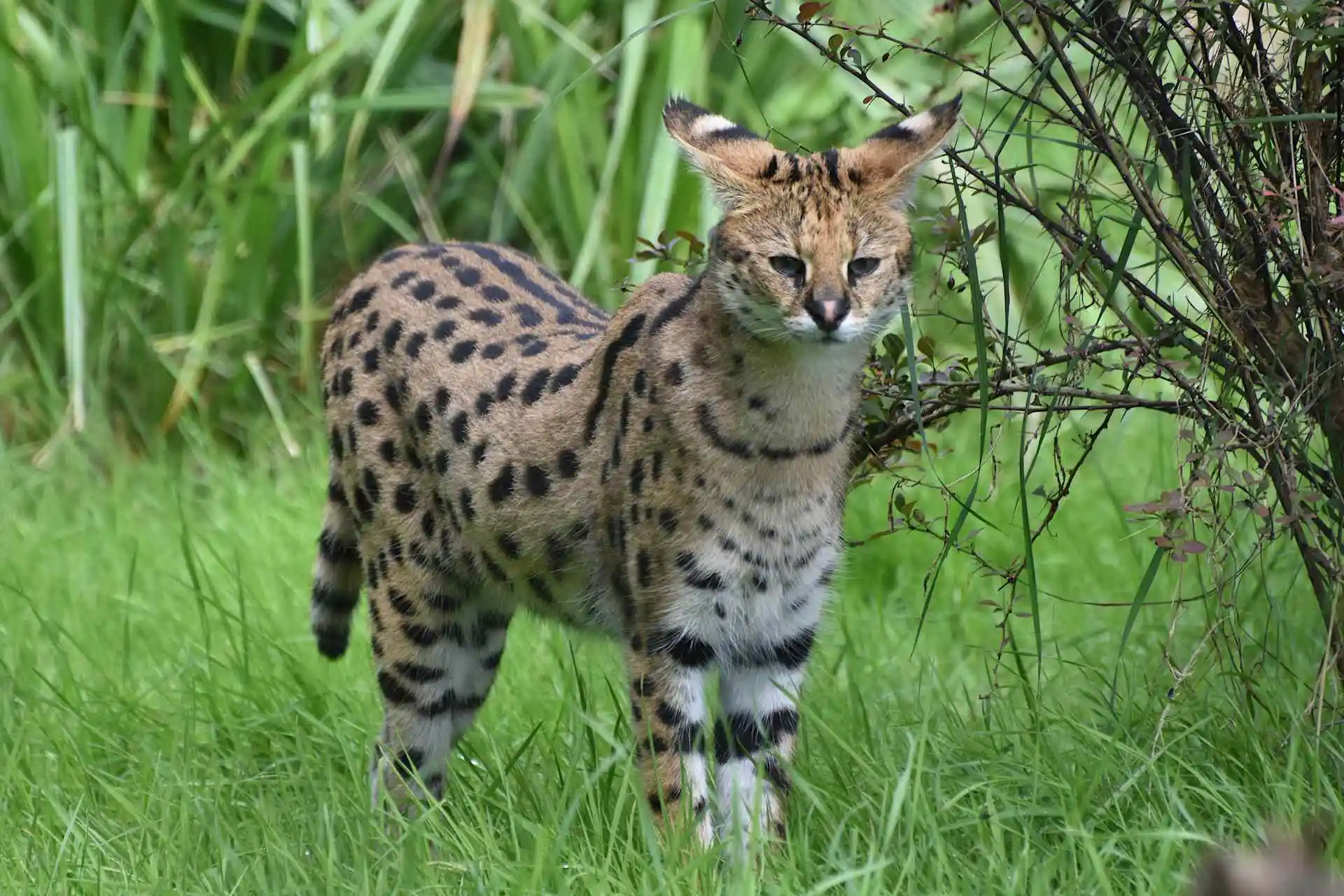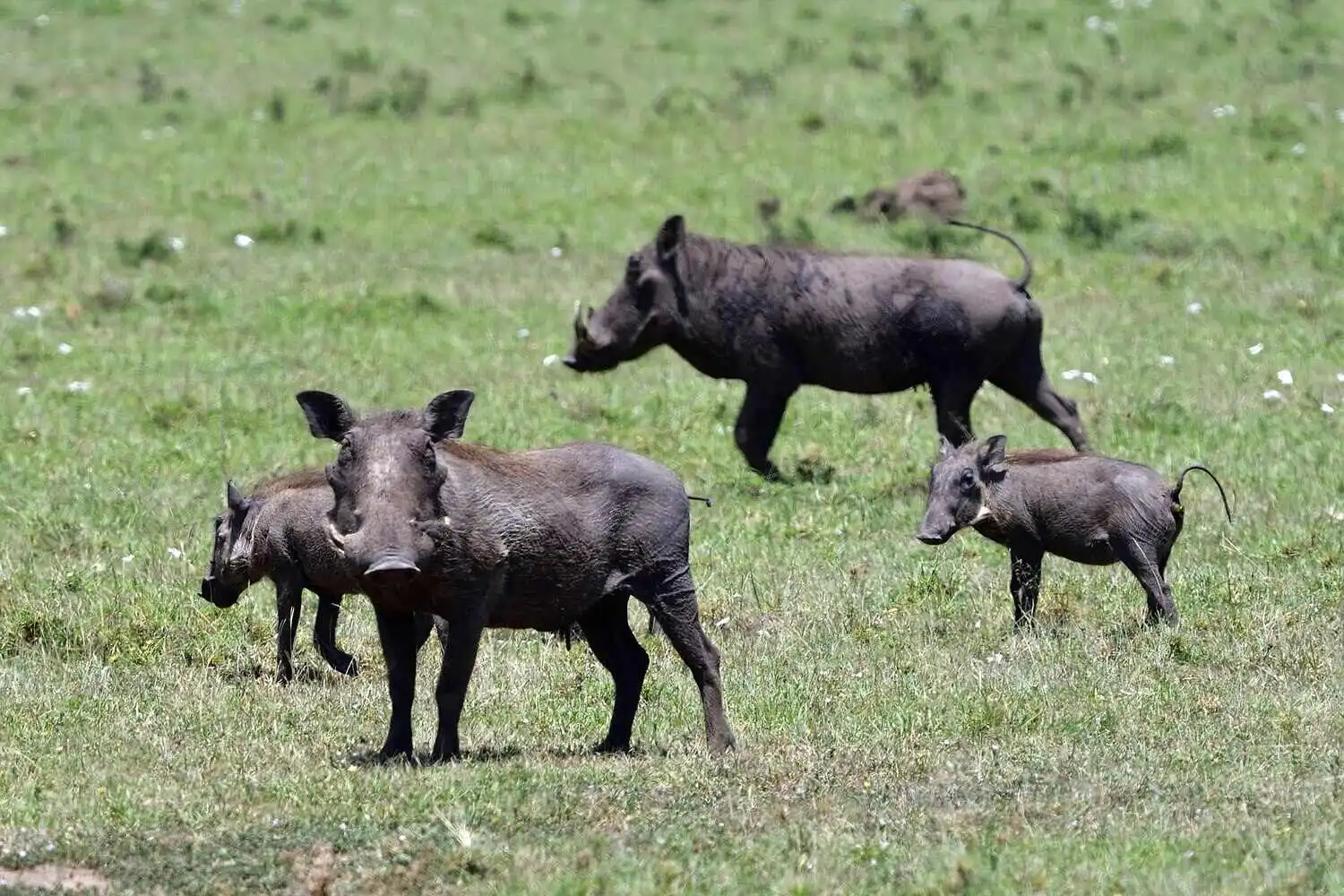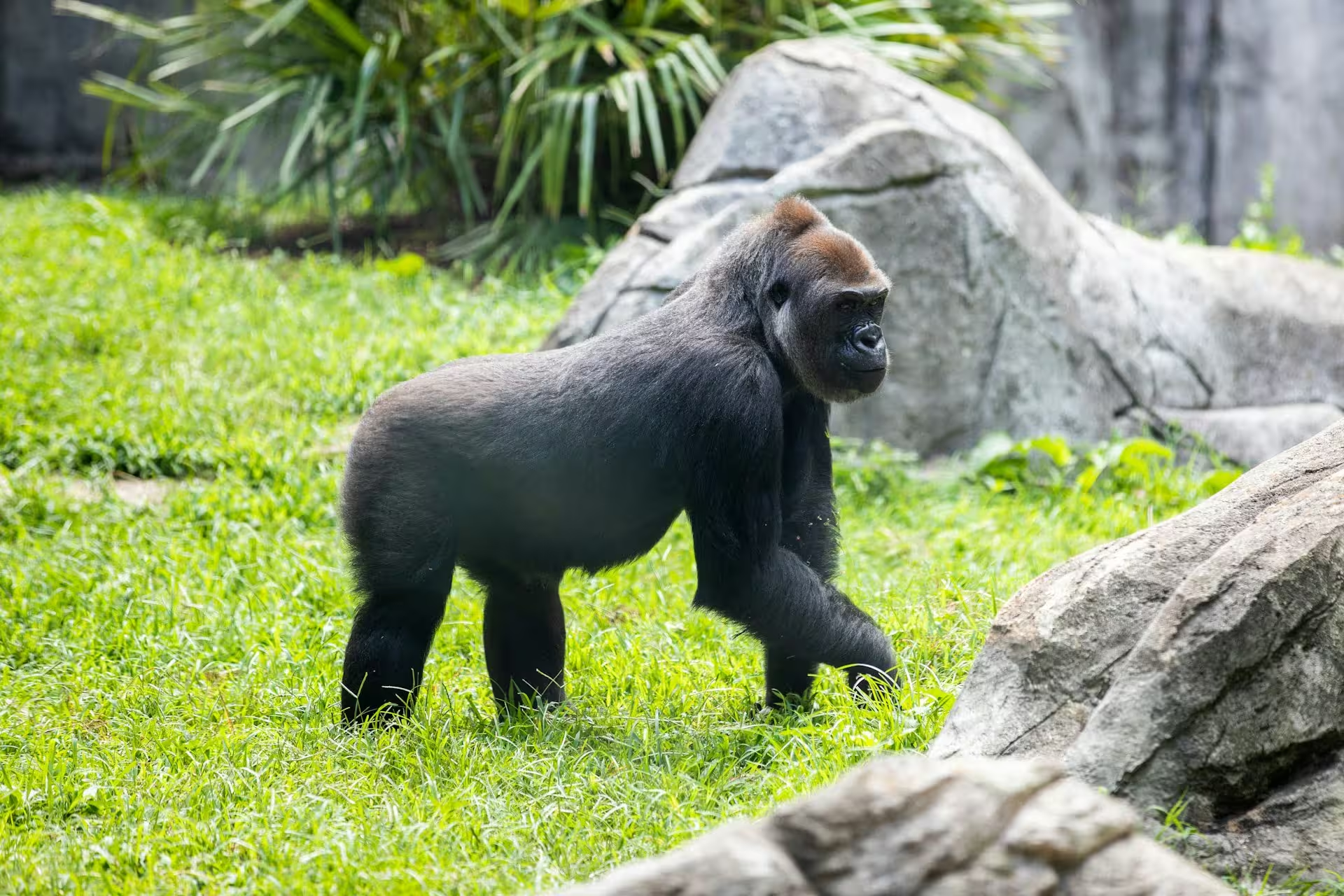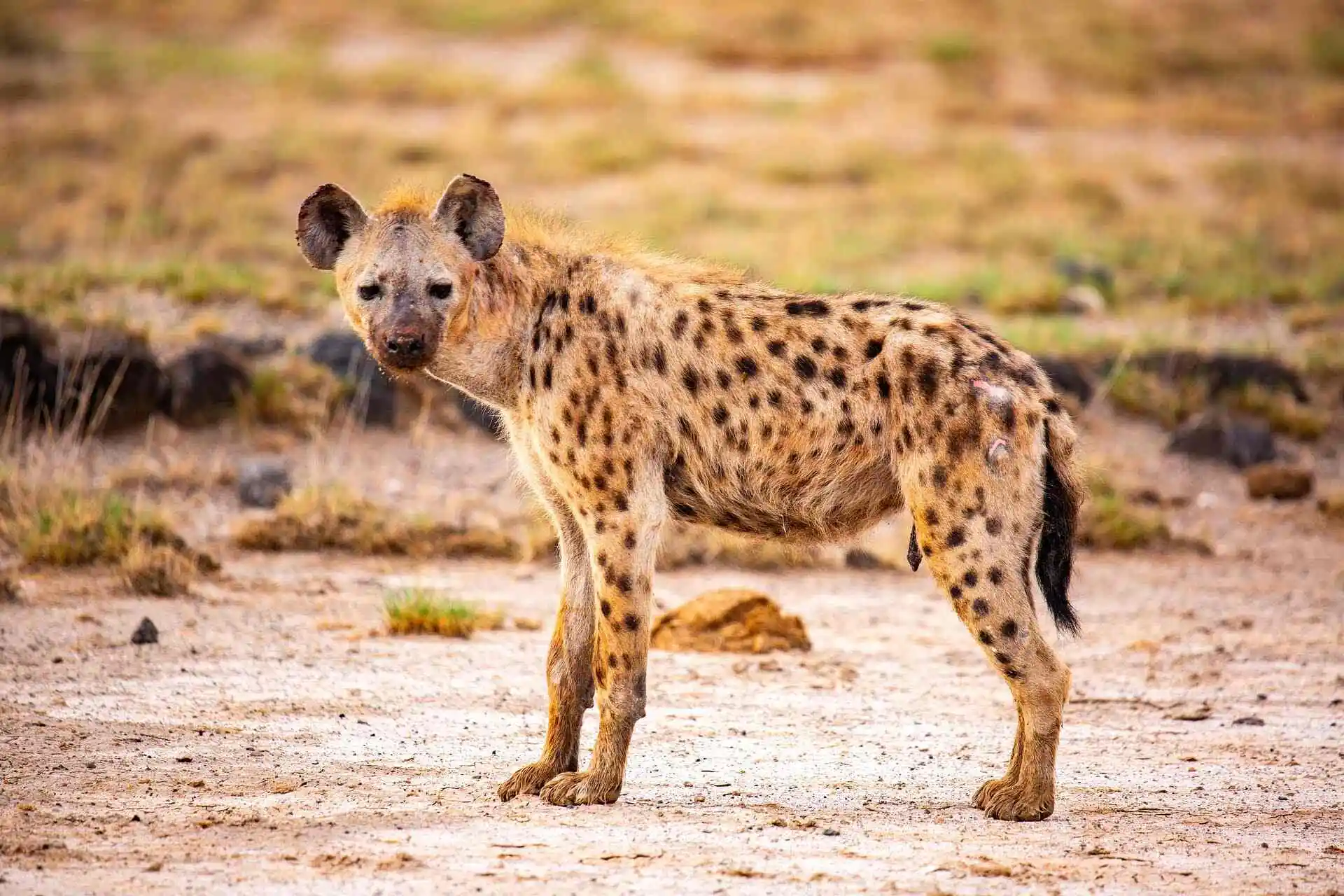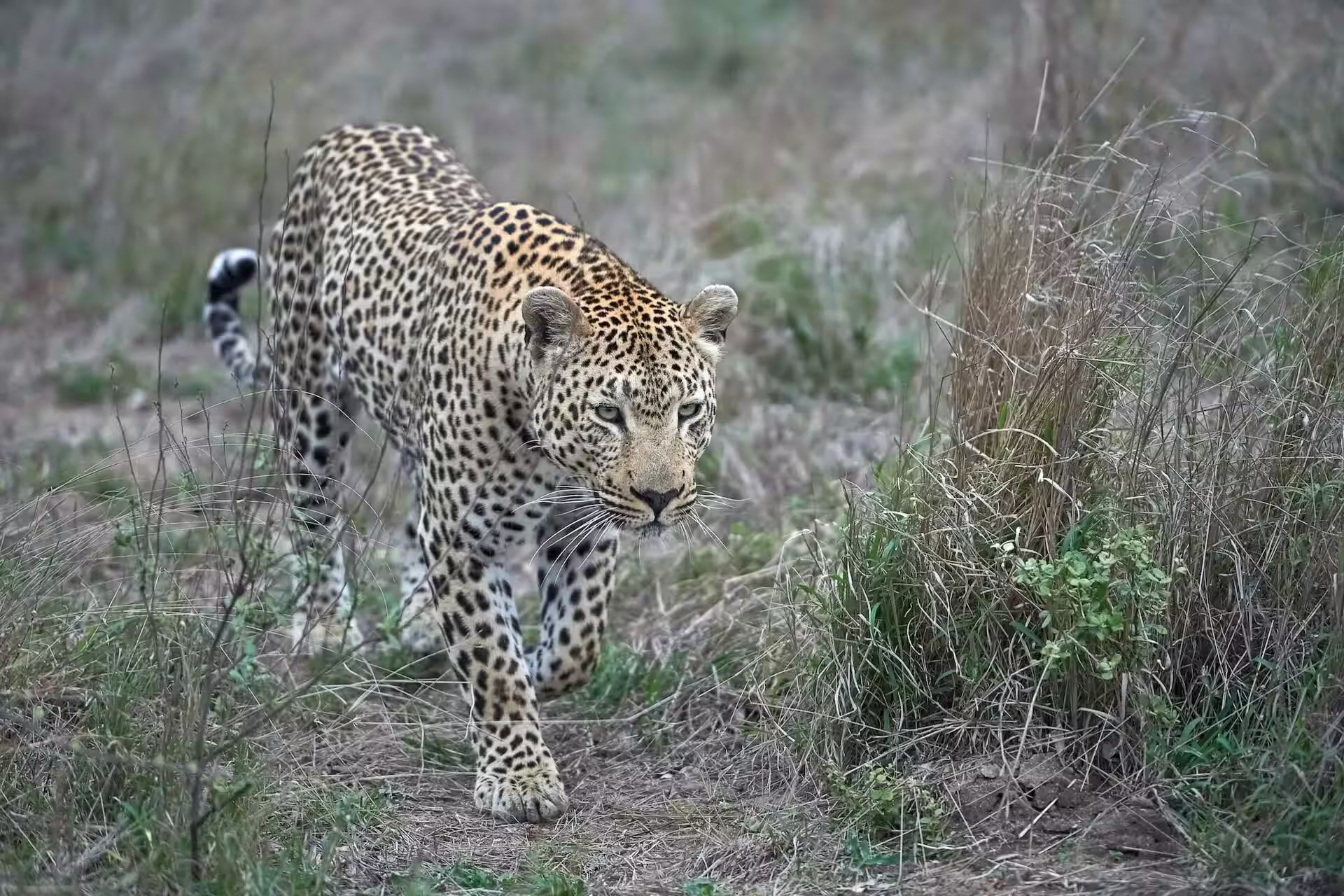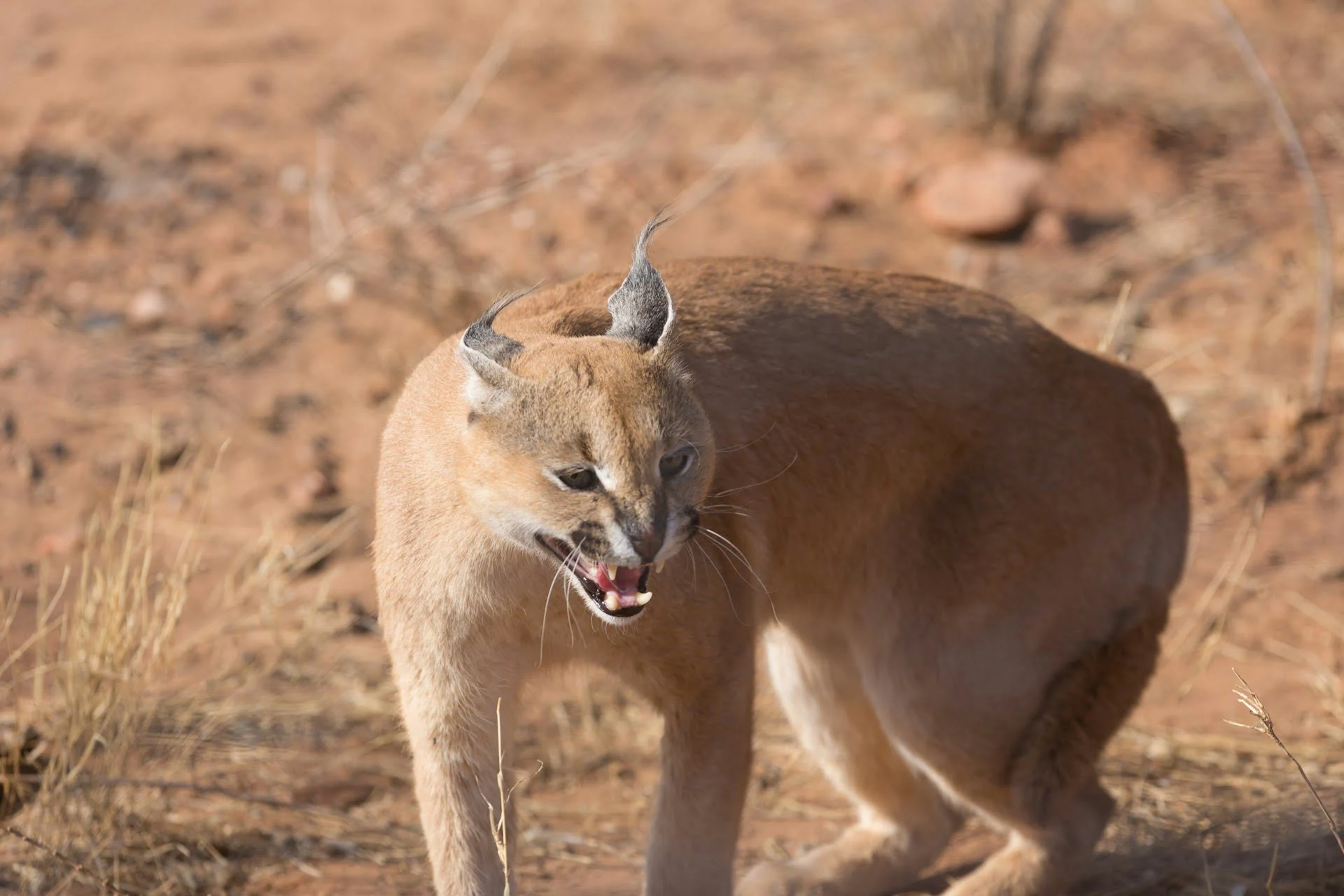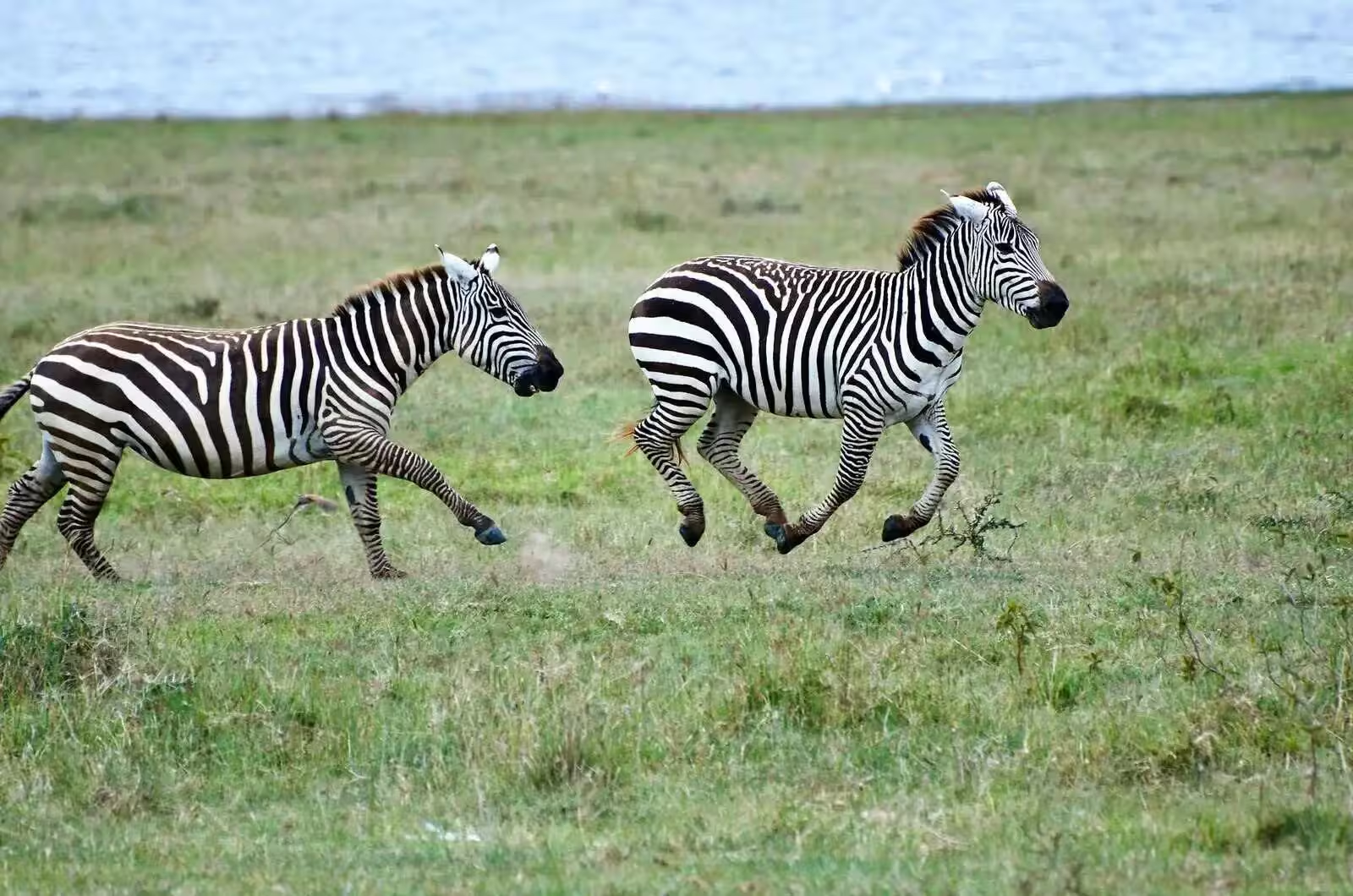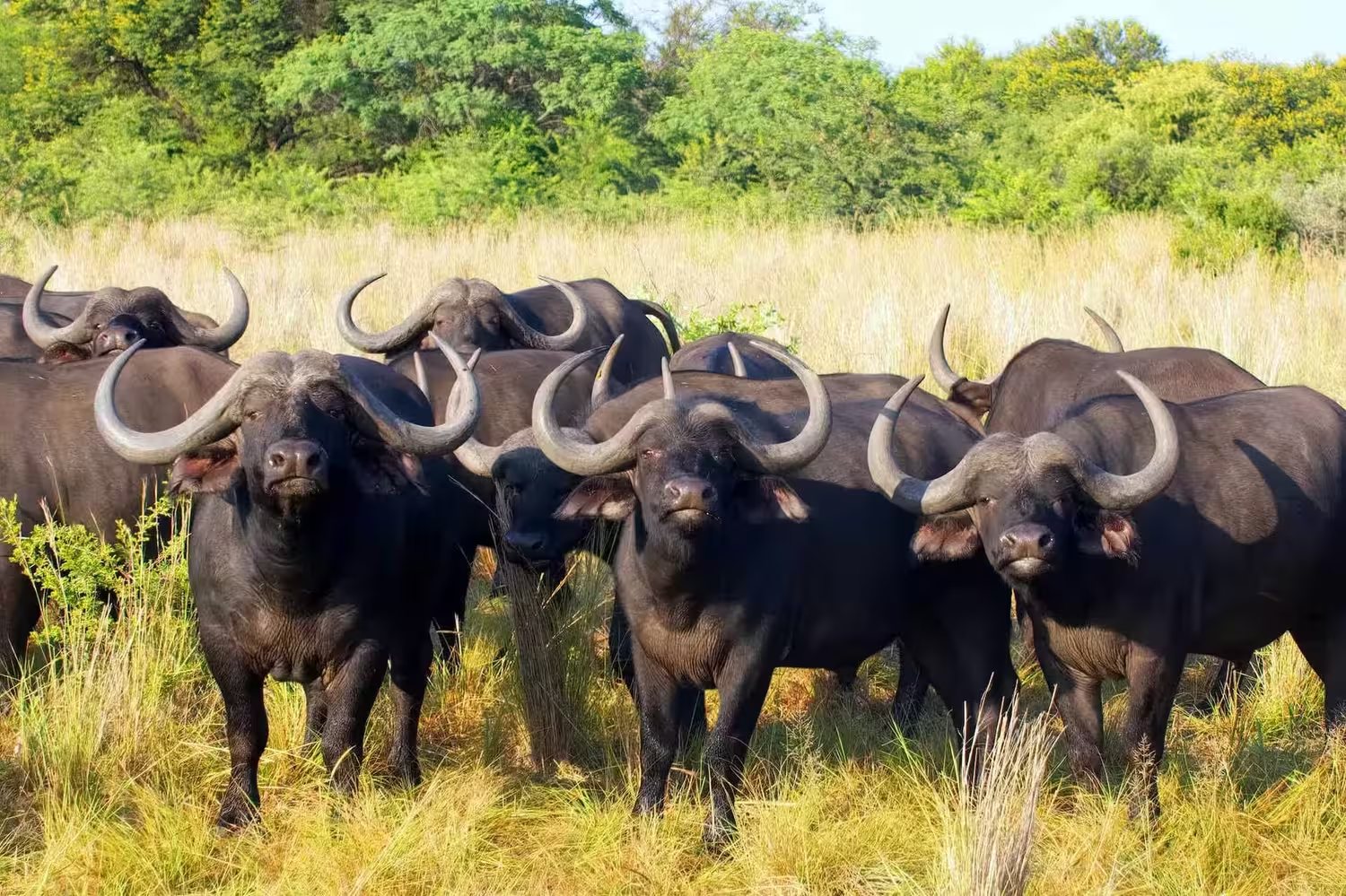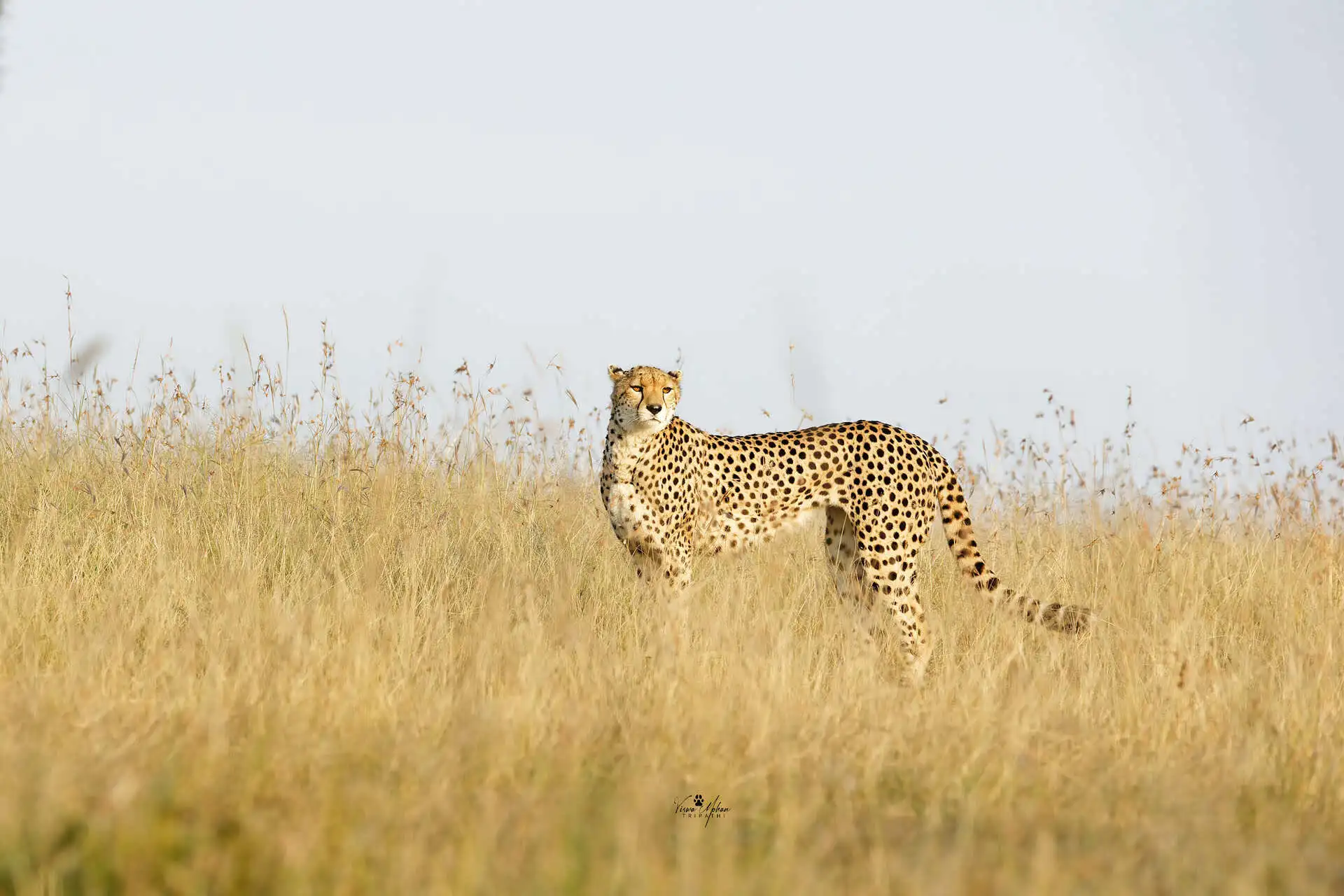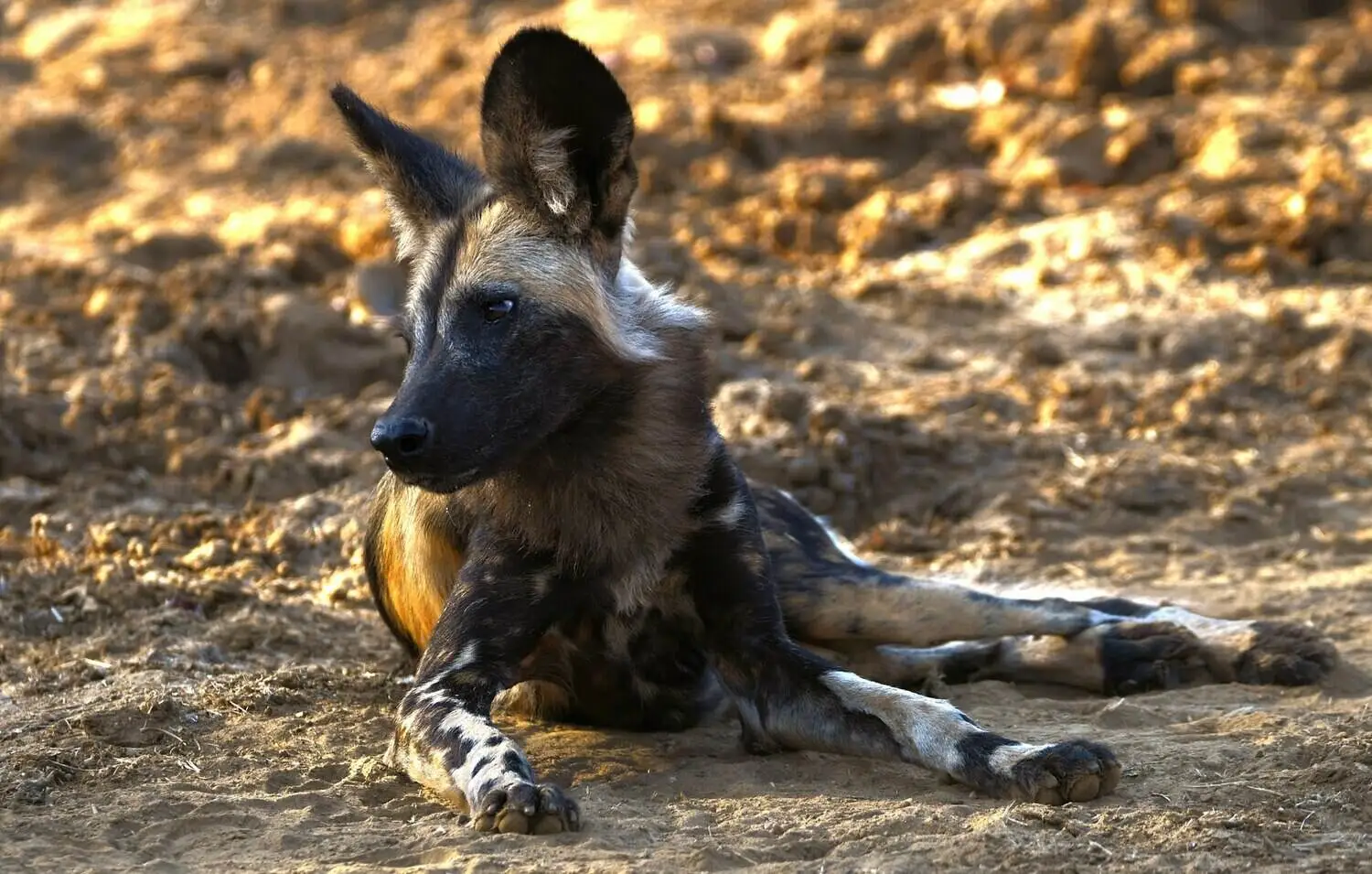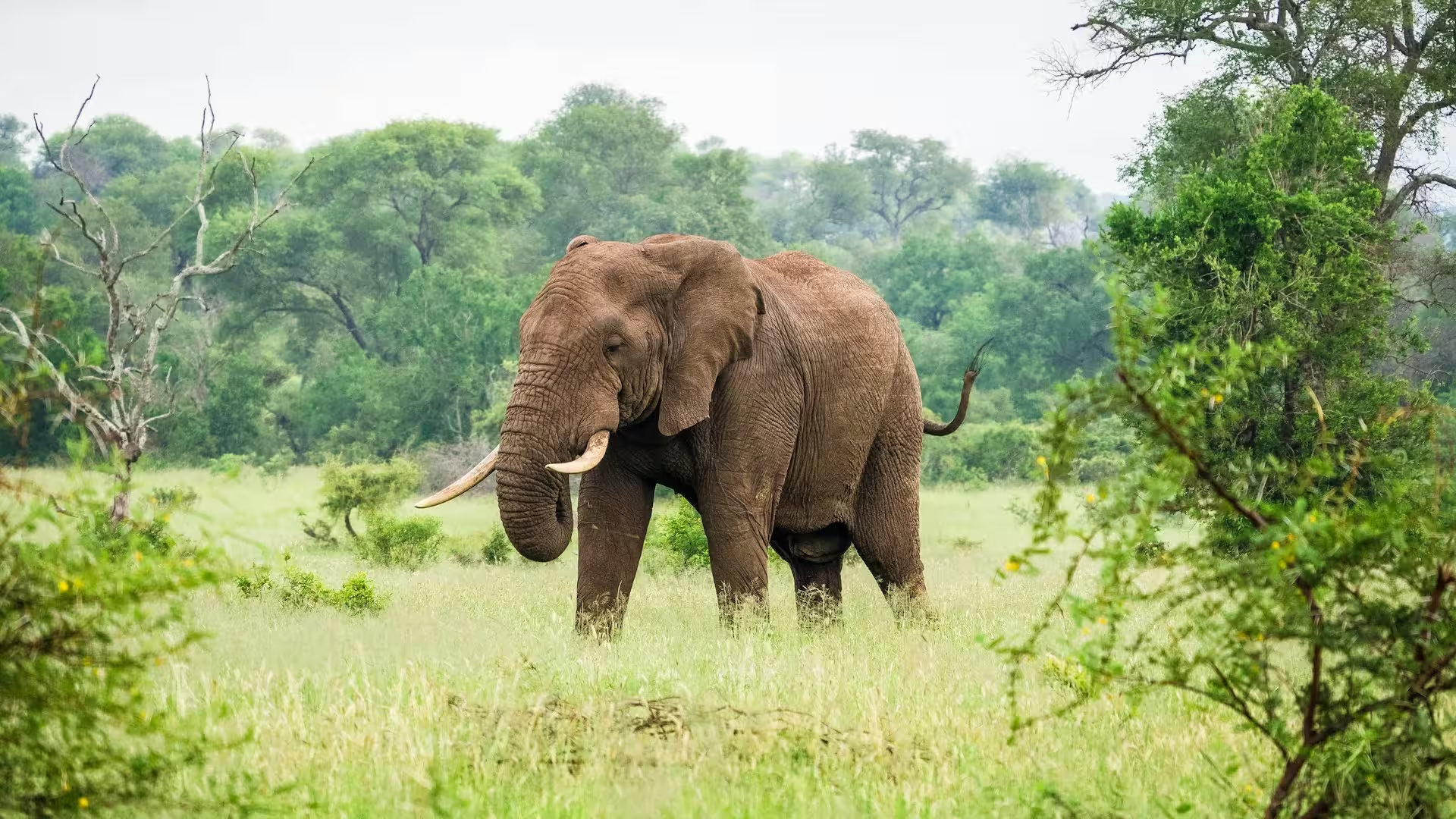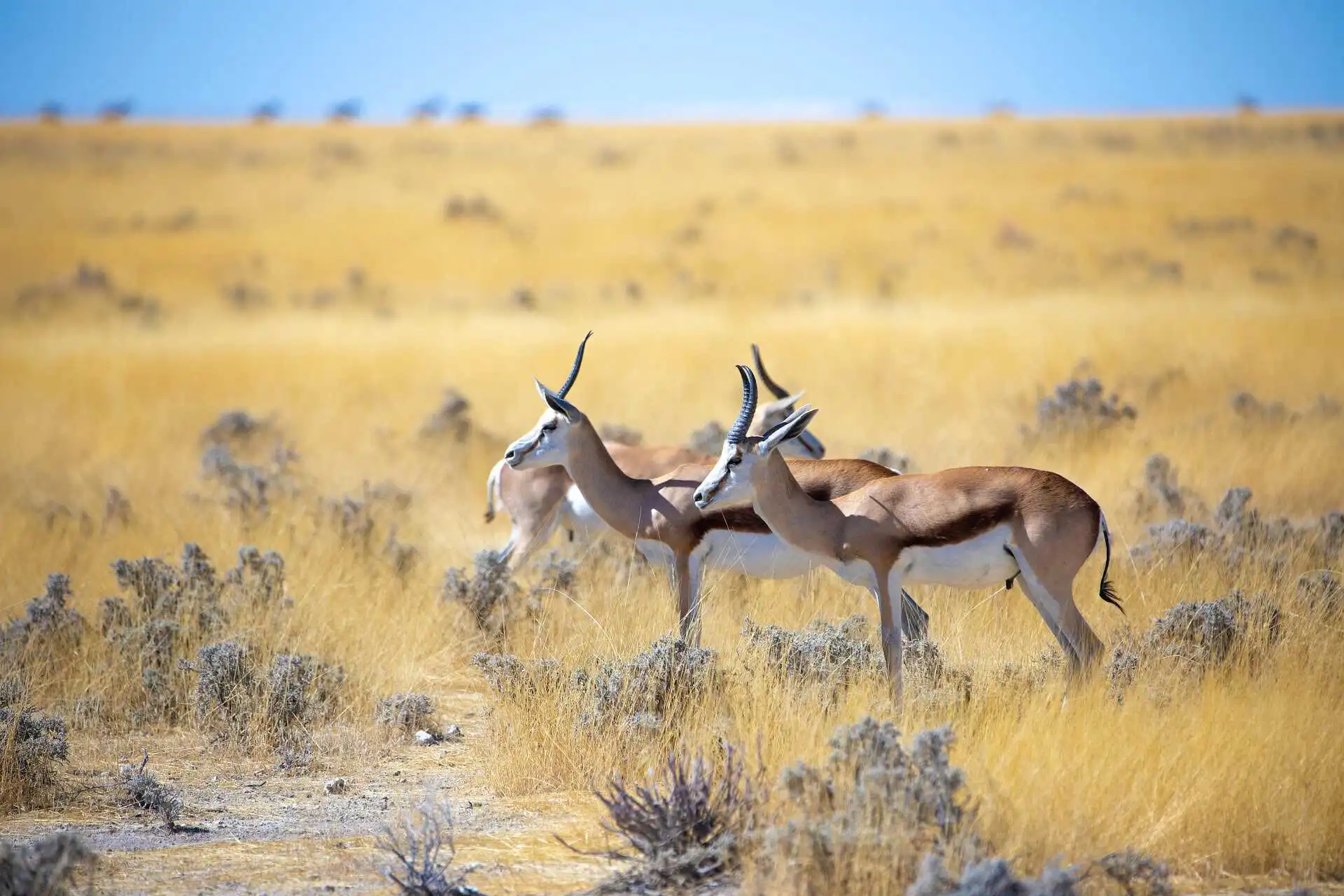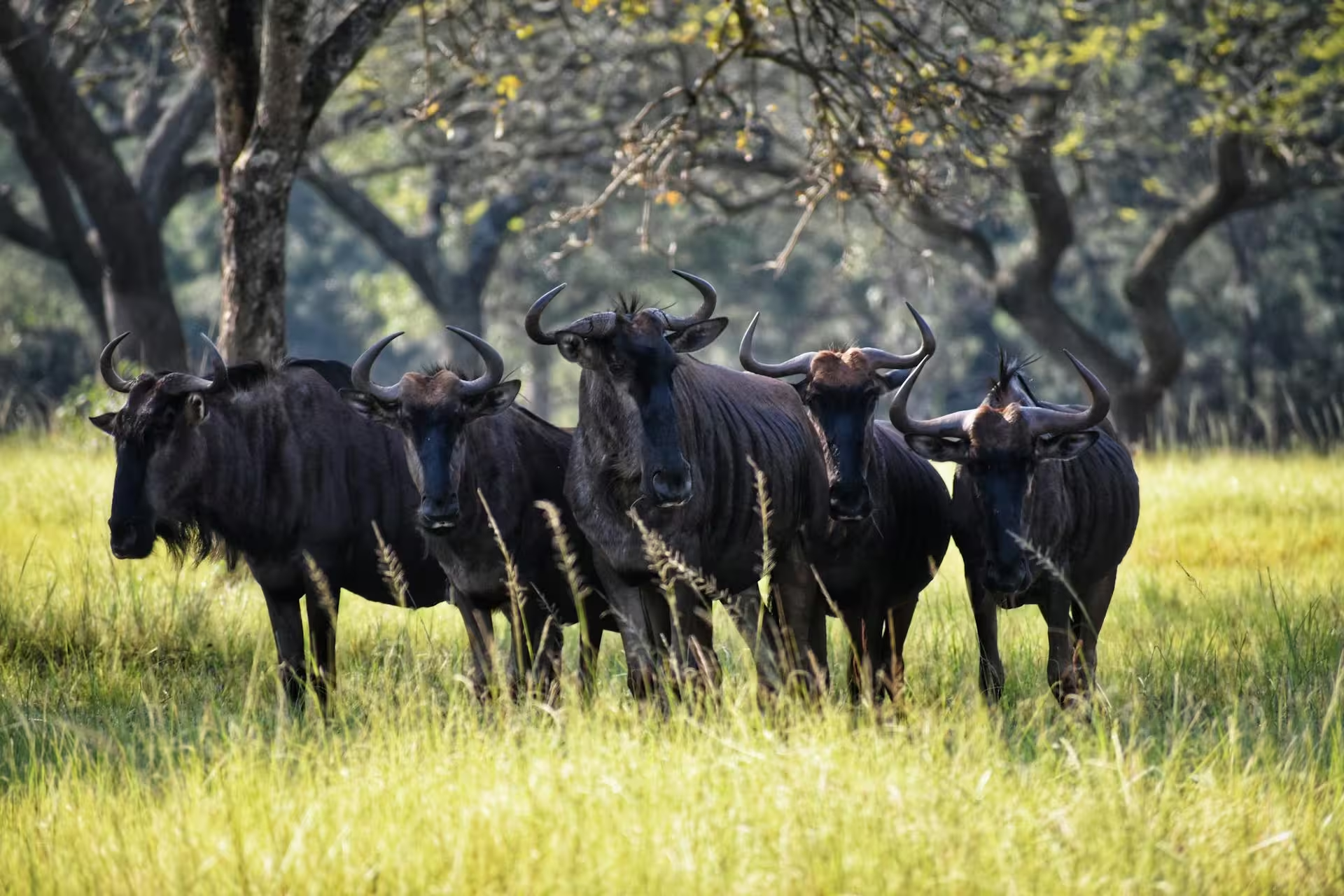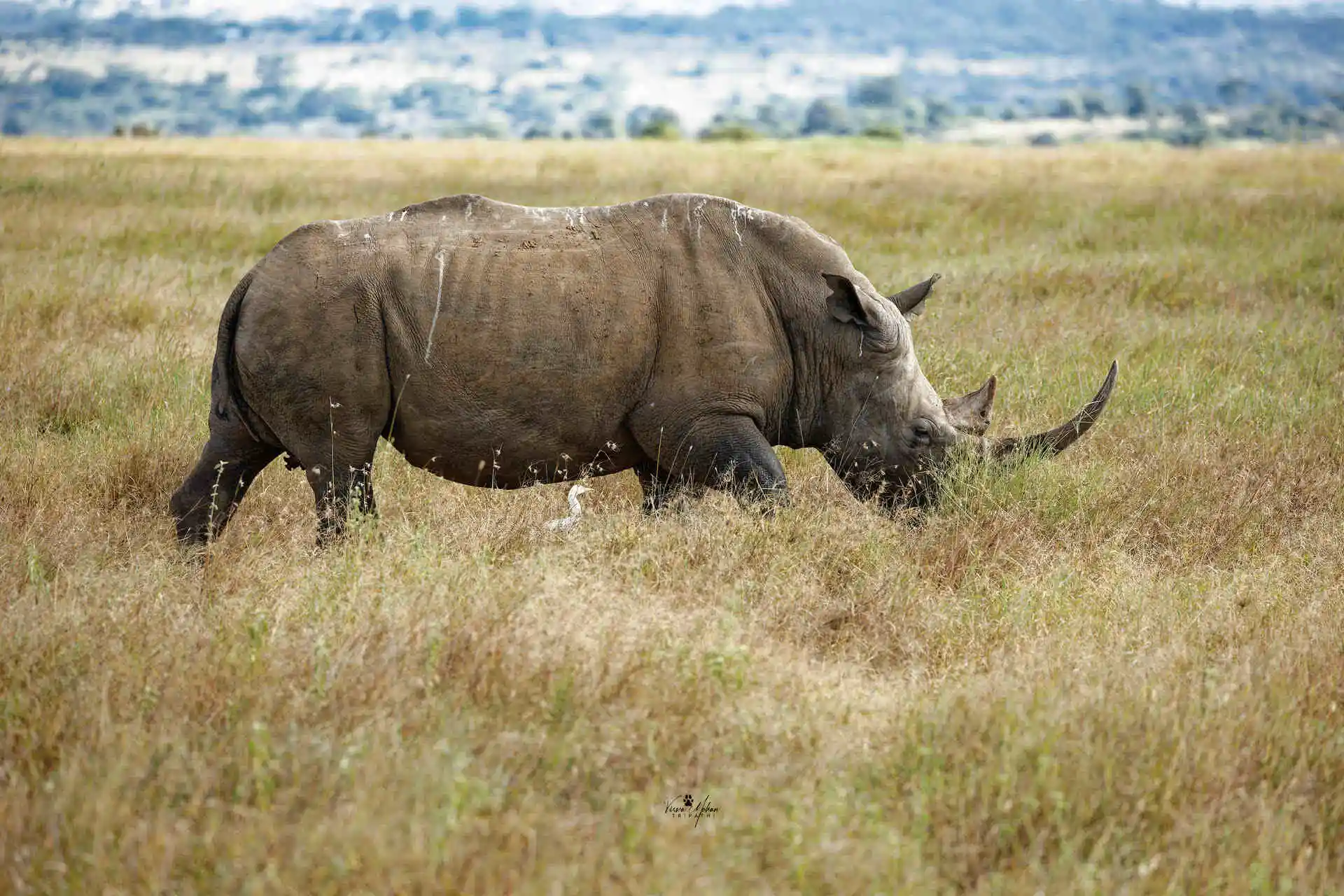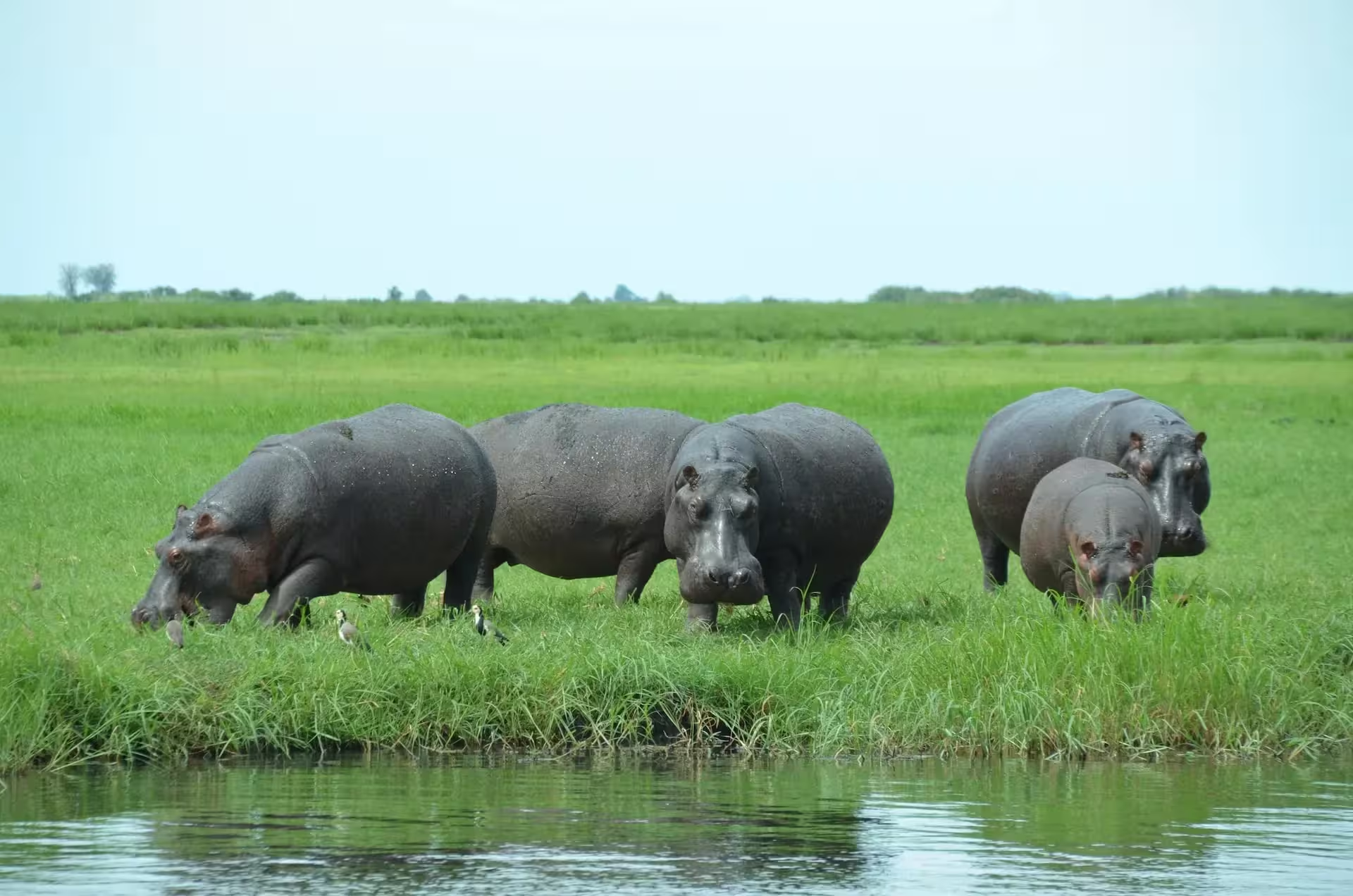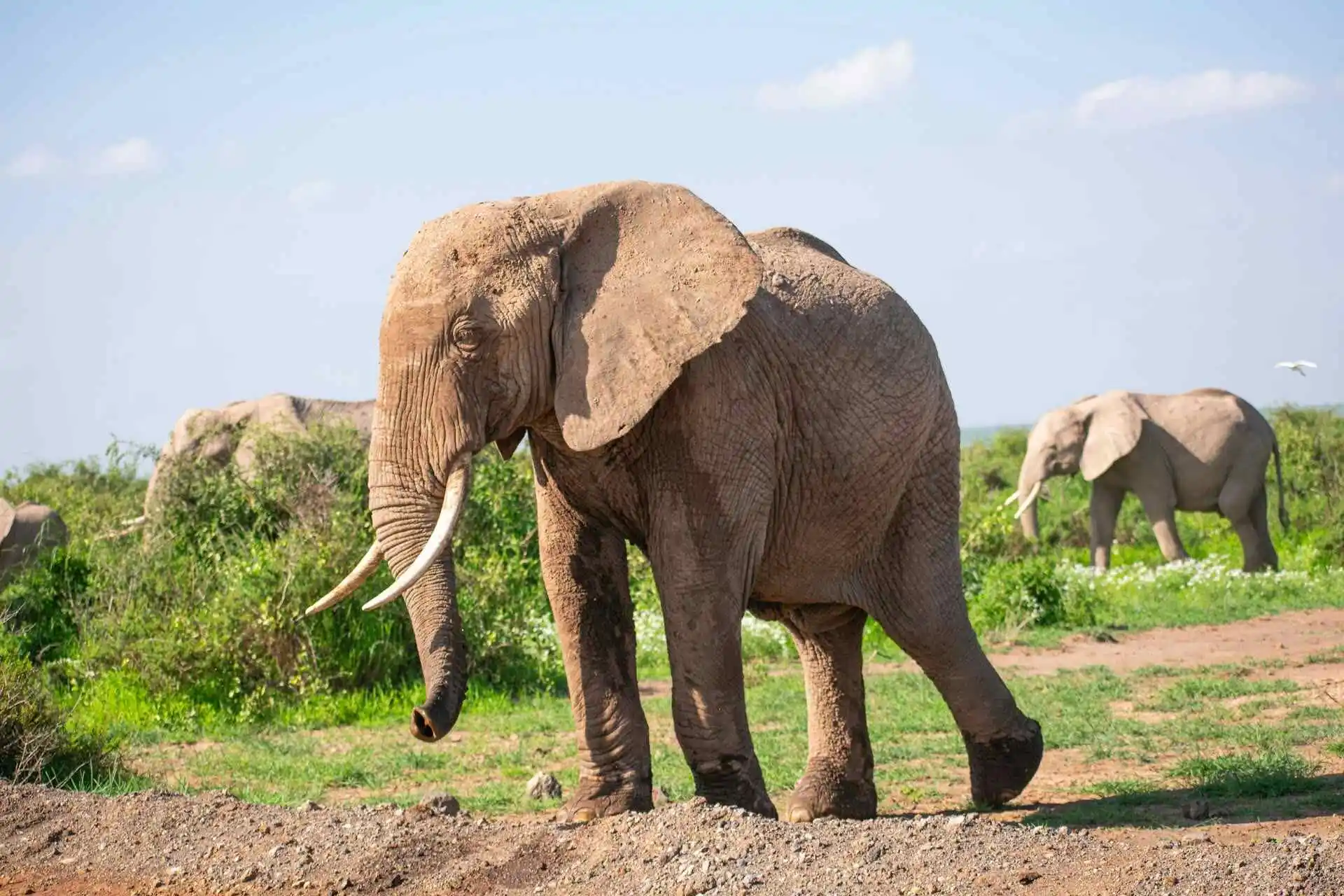How does the African Cheetah look?
The African cheetah has a slim, athletic build made for speed. Its golden coat is covered in solid black spots, helping it blend into the grassy savannah. One of its standout features is the black “tear marks” that run from its eyes to its mouth—these help block sunlight and improve focus while hunting. With a small head, long legs, deep chest, and a long tail for balance, it’s designed for fast, agile movement.
Unlike heavier cats like lions, the cheetah is light and flexible. Its spine works like a spring, letting it stretch out and reach speeds up to 100 km/h (around 60 mph). Even its claws don’t fully retract, giving it extra grip when it runs.
Key Characteristics Table
| Characteristic | Details |
|---|---|
| Life Span | 10 – 12 years |
| Top Speed | Up to 100 km/h |
| Mass | 21 to 72 kg |
| Height | 67 to 94 cm |
| IUCN Status | Vulnerable |
What do African Cheetahs like to eat?
Cheetahs prefer fresh kills and usually hunt small to medium antelope like impalas, gazelles, and springboks. They might also catch hares or birds but avoid anything too risky. Hunting during the day helps them steer clear of stronger predators like lions or hyenas.
After a chase, they eat quickly—because there’s always a chance someone bigger might show up and steal the meal. Cheetahs don’t scavenge or return to leftovers. It’s fresh or nothing for these careful, fast hunters.
Cheetahs in African history and culture
For centuries, cheetahs were admired across Africa for their speed and elegance. In ancient kingdoms like Nubia and Egypt, they were kept by royalty and often seen as symbols of grace and hunting skill.
Unlike lions, cheetahs weren’t viewed as fierce warriors but as quiet, noble hunters. Their presence in early art and stories shows just how much they were respected—and still are today in African culture and conservation work.
10 Interesting facts about cheetah
- African cheetahs are the fastest land animals, reaching speeds up to 112 km/h.
- They can accelerate from 0 to 96 km/h in just 3 seconds, faster than most sports cars.
- Cheetahs hunt during the day, unlike most big cats, to avoid competition.
- Their black “tear marks” under the eyes help reduce glare and focus better on prey.
- A cheetah’s claws are non-retractable, giving them better grip while sprinting.
- They can make tight turns at high speeds thanks to their long, muscular tail.
- Cheetahs don’t roar – they chirp, purr, hiss, and even meow like house cats.
- Their lightweight build and long legs are designed purely for speed, not strength.
- A typical cheetah chase lasts only 20–30 seconds before it overheats.
- Cheetah cubs have a mantle of silver fur on their back, helping them blend into grass and avoid predators.
Top National Parks to See African Cheetahs in the Wild
If you want a real chance to see cheetahs in action, head to these parks where open landscapes and healthy prey populations give them room to roam (and run):
- Masai Mara National Reserve, Kenya: Wide open plains and lots of prey—perfect cheetah country. Sightings are frequent, especially during the dry season.
- Serengeti National Park, Tanzania: Famous for the Great Migration, but also a top spot for cheetahs thanks to its endless savannahs.
- Kgalagadi Transfrontier Park, South Africa & Botswana: Known for its red dunes and big skies—cheetahs thrive here and are often easier to spot due to sparse vegetation.
- Etosha National Park, Namibia: This semi-arid region may look dry, but it’s home to a healthy cheetah population. The open landscape makes them easier to track.
- Okavango Delta, Botswana: Though more wooded in some areas, the delta’s dry regions support cheetahs—and you might spot one resting after a hunt.
So, if spotting a cheetah in the wild is on your bucket list, these parks give you the best shot—just keep your eyes on the open plains and your camera ready.
Top Safaris Where you can spot Cheetah
Join our cheetah safaris and witness the fastest land animal in action—right in the heart of the African wild. Guided by expert trackers, you’ll explore open landscapes where cheetahs roam free. It’s wild, exciting, and packed with moments you’ll never forget. Let the adventure begin!

